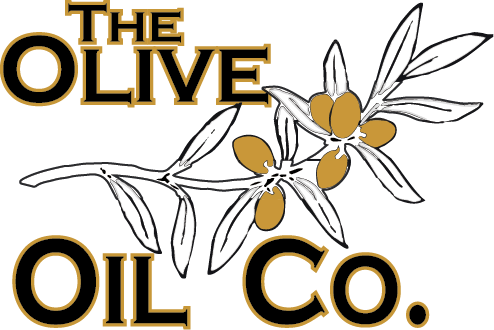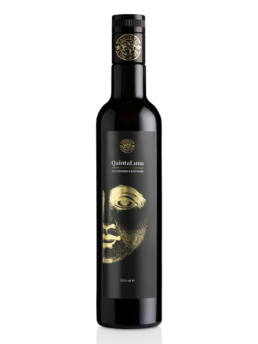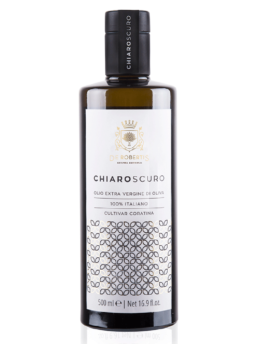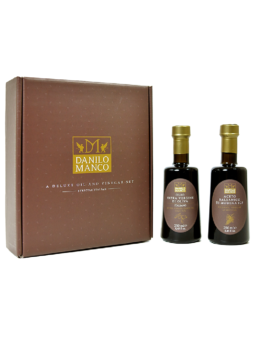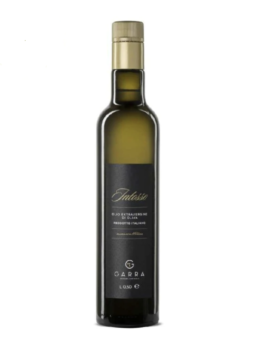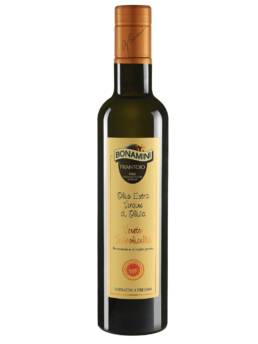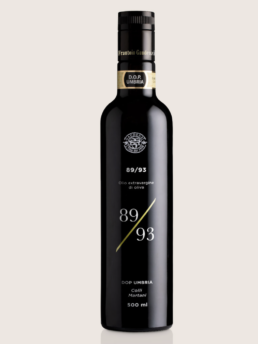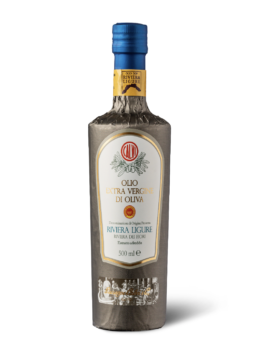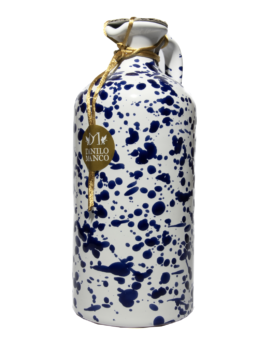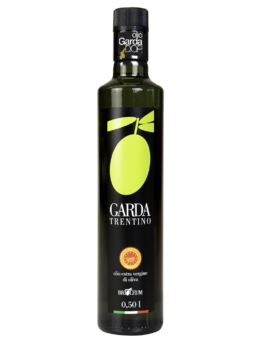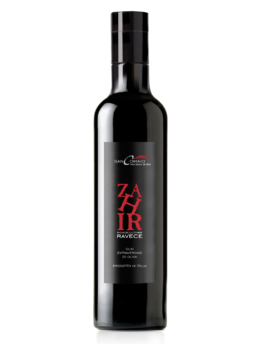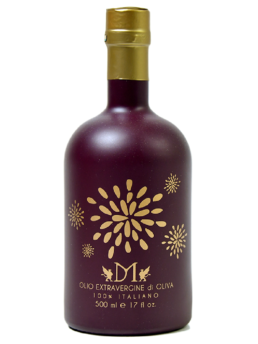- Non puoi aggiungere ""89/93" DOP Colli Martani Frantoio Gaudenzi" al carrello perché il prodotto è esaurito.
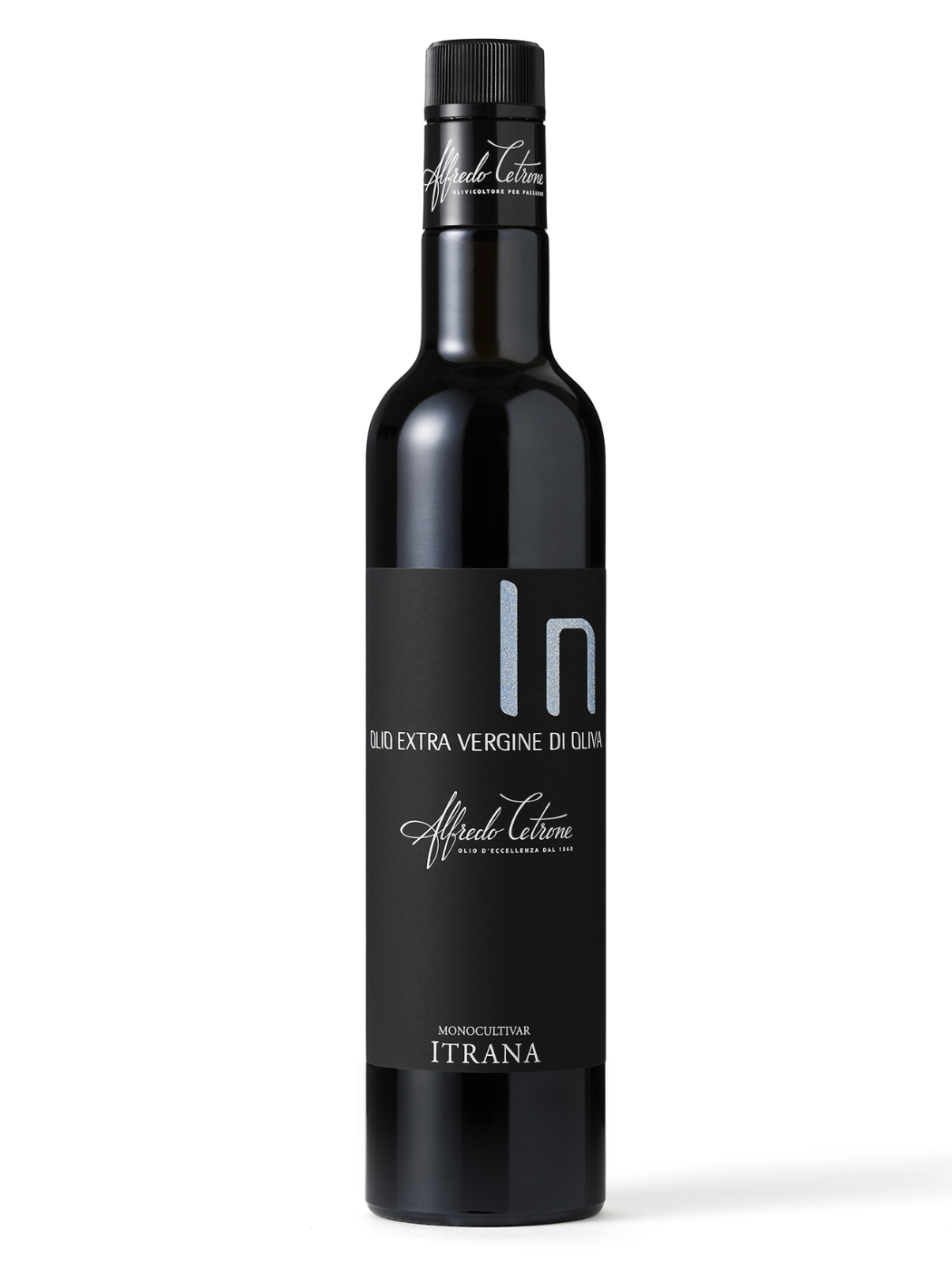
Esaurito
DESCRIPTION: The Extra Virgin Olive Oil IN Intenso Cetrone it’s an Extra Virgin of high quality 100% Italian, manufactured by healthy and fresh olives gathered by hands straight from the tree exclusively ‘Itrana’ quality and crushed on the same day of the harvest using a cold press.
COLOUR: intense green and limpid
ACIDITY: 0,2%
CULTIVAR: 100 % Itrana
INTENSITY: Robust
TASTE: The taste stands out artichoke, tomato, and balsamic herbs things sage and mint, bitterness and spiciness are decided and in harmony
SCENT: Its aroma is complex and enveloping, characterized by intense herbaceous scents and hints of artichoke, thistle, and tomato
PRESSING: Cold extraction
FILTERED
HARVEST: 2023/2024
HONORS & AWARDS:
–13th International Olive Oil Award
– Zurich 2014 – Award Category Medium
13th International Olive Oil Award – Zurich 2014
– GOLDEN OLIVE 13th International Olive Oil Award
– Zurich 2014 – BEST OF ITALY 13th International Olive Oil Award
– Zurich 2014 – BEST MONO-VARIETY Sol d’Oro 2013
– 1 Classificato 10° Concorso Oleario Aipo d’Argento 2013
Quantity: 500 ml
Are you a trade customer? If you are a trade customer, please email us at trade@theoliveoilco.it
Excellent dressing for salads, artichokes, porcini mushrooms, carpaccio and tartare of both fish and beef, shellfish, vegetable soups, and aged cheeses. Crude on raw meat and fish, vegetable soups, salads, and aged cheeses.
Abbacchio (ROAST LAMB) from Lazio
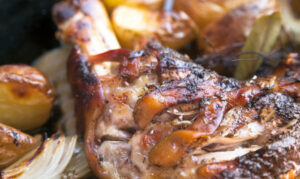
Ingredients:
1.2 kilos lamb shoulder or suckling lamb, rinsed and dried
50 grams flour
60 ml INTENSO EVOO
1 sprig rosemary, rinsed
2 sage leaves, rinsed
2 garlic cloves, skinned
2 anchovy fillets
120 ml white wine, dry
sea salt
black pepper, freshly ground
Sprinkle the lamb with salt, pepper, and dredge in the flour. Heat a large saucepan over medium heat and add the olive oil, rosemary, sage, and garlic. Add the lamb and turn to brown on all sides until evenly browned. Add the white wine to the pan and allow the evaporate. Add 80 ml water and cover the pan, cooking until the lamb is cooked, about 1 hour depending on the thickness of the cut and how well cooked you want the lamb. (The lamb can be cooked in a 160C oven if preferred for 1 hour and 15 min.) Use a thermometer to test for 60C (140F) for medium-rare or 52 to 54C (125 to 130F) for rare. Remove from the heat 5C less than the desired temperature as the lamb will continue to cook after it is removed.
Remove 40 ml of the juices from the pan and place them in a mortar with the anchovy fillets. Pound the fillets to make a sauce and add back to the pan, stirring to coat the lamb.
Let the lamb rest for 10 minutes before carving.
Remove the garlic, rosemary, and sage and discard. Serve with the sauces over the top.
Shipping and Handling
Delivery charges are: £5 for orders of up to £25, £3.95 for orders up to £35, £2.95 for orders up to £45. Delivery is FREE for orders over £45 before transport and any Vat where applicable (for UK customers only excluding Islands, please contact us if you don’t live in this area). We do not Ship outside the UK.
UK Remote areas and offshores where extra fees apply
ROAD SERVICE OPTIONS
|
Scottish Highlands and Offshore Options
|
Delivery Schedule
We deliver Tuesday to Friday. Orders placed by 9am will be dispatched the same day and will be delivered by our approved courier to arrive within 48 hours. Please be aware that all packages MUST be signed for, checked first and cannot simply be left in a garage or porch.
Orders placed after 9am will be dispatched the following day.
Back Orders
Because we use small suppliers and sell a lot of seasonal products, all goods featured on our website are subject to availability. We endeavour to keep the website updated but if a product you order should be unavailable you will be notified of this by phone or email and given the chance to choose an alternative item, cancel your order completely, or put it on back order to wait until it is in stock (we will ship your other items to you if you wish).
If we are unable to contact you we will go ahead and dispatch the rest of your order without the said item.

The Cetrone family has been cultivating 20,000 olive trees spread over 100 hectares of land in the coastal strip of the Lepini Mountains In the province of Latina since 1860. The climate, the continuous exposure to the sun, the rocky conformation of the land together with the extreme care and experience accumulated over the years contribute today to the production of extra virgin olive oil of the highest quality.
Aggiungi una recensione Annulla risposta
In a cool, dry place. Protected from light, heat sources and unpleasant odors. Once opened, minimize exposure to air.
Best consumed within 18 months from the date of bottling.
Why does olive oil get cloudy and thick?
Probably at some point you’ve seen some white lumps in the olive oil you store at home, but you know why?
If you’re a long time olive oil user then it’s possible that at some point you’ve noticed white crystals in the olive oil you keep at home. But do you know what they are and why they are there?
To explain, let’s start by comparing the freezing process of olive oil and water:
Water is a homogeneous liquid made entirely of H2O (hydrogen and oxygen) molecules. Since it’s made of one type of molecule, all of its particles freeze at the same temperature: 0ºC (32º fahrenheit). As the temperature lowers, the movement of the water molecules becomes slower until the water reaches freezing temperature at 0ºC, at this point the molecules stop moving and the water freezes and becomes solid: ice.
A similar process takes places with olive oil, but olive oil is not a homogeneous liquid like water is. The difference is that olive oil is made of a few different molecules, called triglycerides, and each has its own freezing temperature. The freezing point of these different molecules ranges between 0ºC and 15ºC depending on the fatty acid composition. The colder the olive oil gets, the greater the number of molecules that will start solidifying. Cold temperatures is the reason some white crystals may appear in your bottle of olive oil, especially during winter months.
Does that mean the olive oil is not good to use?
Not at all! The olive is perfectly fine without causing any nutrient loss. The freezing process is perfectly natural and has no impact on the quality of the olive oil.
In colder homes and countries in the Europe, olive oil can freeze under normal conditions, especially during the winter. In these cases, don’t worry and just remember that it’s actually better to store olive oil at a cold temperature. Cold temperatures prevent degradation of the olive oil., be sure to store your olive oil in the coldest place in your kitchen or pantry, to keep it as fresh as the first day you got it.
